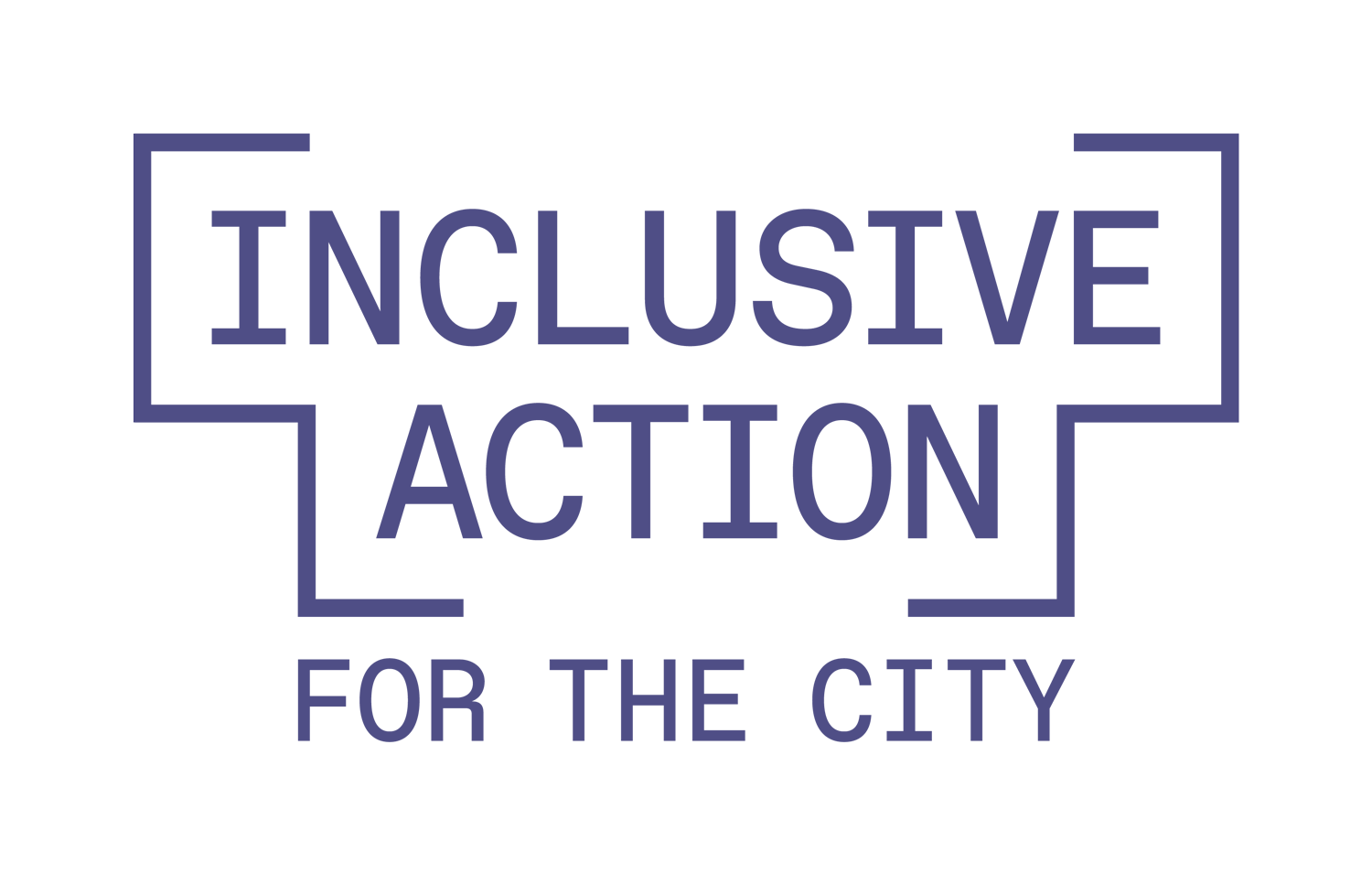Supporting Psychological Safety at Inclusive Action
by Julie Jung, Director of Operations and Finance
Financial inclusion and innovation are hard work. In a rapidly evolving economic and legislative environment, it’s important our team at Inclusive Action also continues to innovate and to take informed risks to stay ahead of the curve. At the same time, change can create confusion for staff, and it’s important that everyone knows their jobs are safe, and – even more importantly – they feel safe to raise questions and disagree with decisions.
There’s a great definition of psychological safety in Harvard Business Review inspired by Amy Edmonson, who coined the term:
Team psychological safety is a shared belief held by members of a team that it’s OK to take risks, to express their ideas and concerns, to speak up with questions, and to admit mistakes – all without fear of negative consequences. As Edmondson puts it, “it’s felt permission for candor.”
As head of operations at Inclusive Action, I seek every day to foster an environment where people have that felt permission for candor. These are some of the principles we establish to support an ongoing sense of psychological safety.
Psychological safety starts ahead. With every new employee, we encourage managers to establish a working relationship early, understand their interests and motivations, and ensure they’re feeling empowered and supported.
Name the space of disagreement. When potential challenges or questions arise, it’s important to name and identify the disagreement and ensure staff members have space to express their views. Instead of pushing it under the rug, we speak directly to the issue.
Support active listening – before taking action. Often, the immediate instinct for a manager is to go into solutions mode and start taking action. This is driven by a natural instinct – we as humans don’t like to be uncomfortable. Instead, we encourage managers to practice active listening and to sit in discomfort. Sometimes venting is necessary and okay, and it allows all parties to start to see the whole picture.
Identify possible solutions. Rather than a single solution, we try to work to identify the parameters of what the organization is able to do. After the initial conversation, both parties take time to think about the concerns. Sometimes, all that was needed was a listening ear. This can be an opportunity for the organization to take feedback. Other times, there are solutions – and we always think about giving a range of options, rather than a single one
Maintain a professional relationship and respect boundaries. Change, as they say, is always constant, and we never want to confuse psychological safety with creating the expectation that we can accommodate every request. As managers and as an organization, it’s also important to set boundaries about what we can do and also what we can’t do, and take the time to explain why.
Ensure ongoing check-ins. Where necessary, managers can signal that the concerns were heard and they’d like to stay on top of the conversation and any identified next actions. “I heard you – let’s make sure this is part of a future process.”
Creating a space for psychological safety requires work, and it also requires good emotional awareness. I’m proud to do this work and support a flourishing team here at Inclusive Action.
